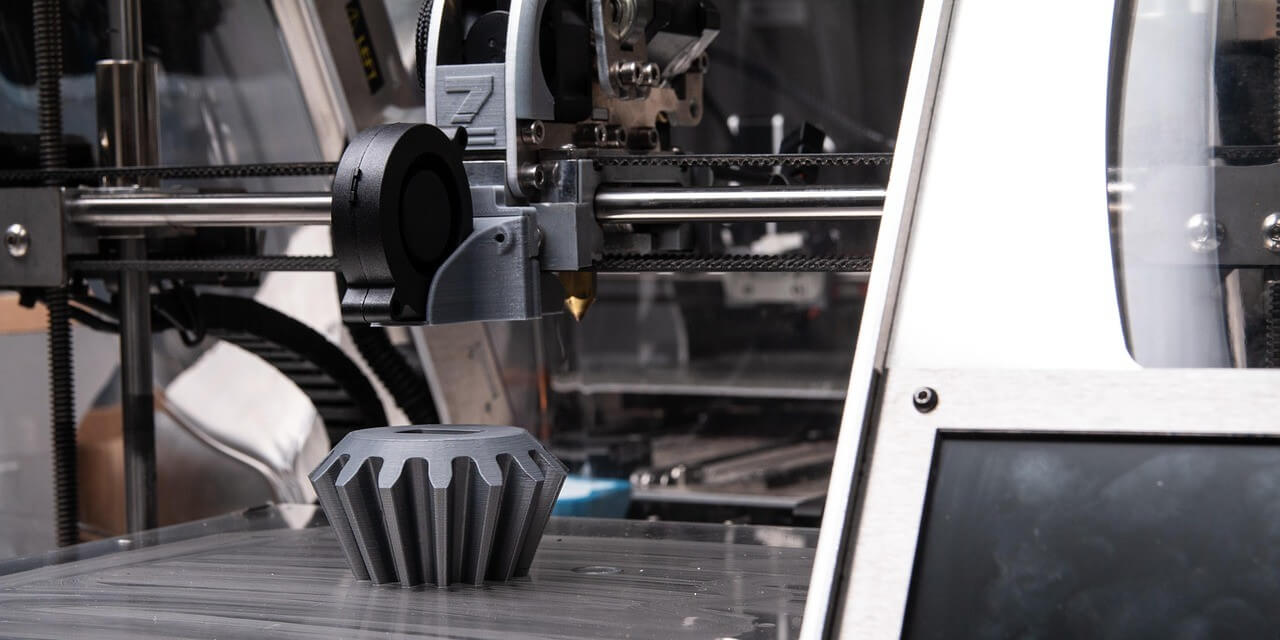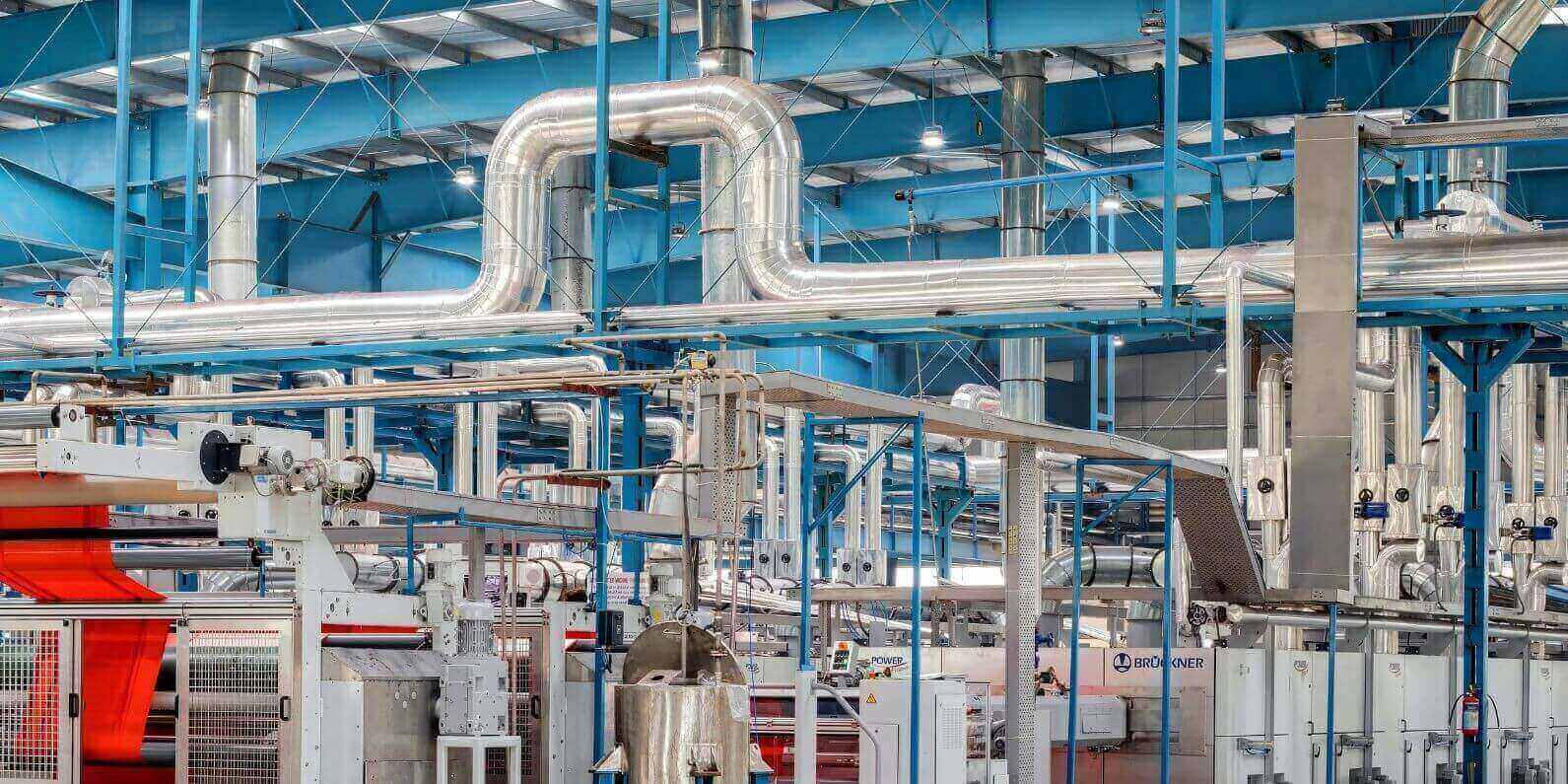Additive Metal Fabrication: ERP, MES and Cybersecurity

Metal additive manufacturing, better known as metal 3D printing, is transforming the way factories design and produce industrial components. In the era of Industry 4.0, this technology not only enables the creation of complex, customised parts, but, integrated with ERP, MES and cybersecurity, it gives companies full control over costs, traceability and quality.
In this article, we explore how additive manufacturing is empowered by digitalisation, positioning it as a key driver of competitiveness and sustainability in sectors such as automotive, aerospace and healthcare.
What is metal additive manufacturing and its role in Industry 4.0?
In an industrial context marked by the need to reduce waste and optimise processes, metal additive manufacturing emerges as a key solution. Its ability to create complex parts with less waste makes it a pillar of industrial digitalisation and the transition to Industry 4.0.
Definition and evolution of metal 3D printing
Metal additive manufacturing, also known as metal 3D printing, is a production process that builds parts layer by layer from metal powder or bonded filaments. Unlike traditional manufacturing, it does not remove material, but deposits it precisely to shape complex components.
This technology, born in the 1990s and perfected in recent decades, has established itself as one of the most disruptive tools for modern industry.
Differences compared to subtractive manufacturing
While subtractive processes, such as CNC machining, start with a block of material from which the excess is removed, metal additive manufacturing uses only the material needed. This reduces waste, lowers costs, and enables the creation of parts with geometries that are impossible for traditional manufacturing methods.
The role of additive manufacturing in the framework of Industry 4.0
Metallic additive manufacturing is integrated into the Industry 4.0 ecosystem, where digitisation, traceability and automation are essential. It connects CAD design, ERP planning and MES control to turn data into efficient, traceable and safe production.
Most used metal additive manufacturing technologies
Metal additive manufacturing has a variety of technologies to suit specific production needs. From the precision and strength of SLM to the speed of MBJ or the accessibility of BMD, each method offers unique advantages. Understanding these technologies is key to identifying which one best fits the challenges of industries such as automotive, healthcare and aerospace.
Selective Laser Melting (SLM)
Selective laser melting (SLM) melts metal powder layer by layer with a high-power laser. It provides parts with high mechanical strength, used in demanding industries such as aerospace and automotive.
Metal Binder Jetting (MBJ)
MBJ uses a liquid binder on metal powder, generating "green" parts that are then sintered. Its main advantage is speed, ideal for mass production of small and medium-sized parts.
Bound Metal Deposition (BMD)
In BMD, a filament composed of metal powder and binder is extruded, similar to the FDM process in plastics. It is a more affordable and safer alternative, even suitable for office environments.
Industrial applications: aerospace, automotive, healthcare, consumer
Metal 3D printing is already present in aeronautical turbines, customised medical implants, plastic injection moulds and lightweight automotive components. The trend is set to expand into consumer goods and energy.
How an industrial ERP optimises additive manufacturing
Metal additive manufacturing requires not only advanced in-plant technology, but also efficient management of resources, costs and lead times. This is where an industrial ERP like RPS Next becomes a key ally, integrating planning, financial control and traceability to maximise the profitability of each additive project.
Materials and cost management in metal 3D printing
RPS Next ERP allows the control of inventories of metal powders, plan the use of materials and calculate actual costs per batch or project. Thus, companies avoid cost overruns and waste.
Demand planning and make-to-order production
With a specialised ERP, it is possible to adapt additive production to on-demand models, reducing unnecessary stock and improving resource efficiency.
Financial control and profitability of additive projects
ERP integrates financial and operational management, providing visibility into the ROI of each metal additive manufacturing initiative.
MES in metal 3D printing traceability and quality control
In metal additive manufacturing, traceability and quality control are as important as the ability to produce complex parts. This is where MES (Manufacturing Execution System) comes into play, connecting the plant with management systems and ensuring transparent, efficient and error-free production.
Real-time data capture in additive processes
MES/MOM INEXION connects directly to metal 3D printers and sensors, collecting temperature, melt parameters and yield data on each layer.
Full batch, part and material traceability
Each part produced can be linked to its metal powder batch, operator and machine used, ensuring full traceability and facilitating quality audits.
Integration with maintenance and quality to close the improvement loop
MES generates alerts and preventive maintenance orders if it detects deviations in critical parameters, avoiding defects in high-value parts.
Cybersecurity in metal additive manufacturing
Cybersecurity in metal additive manufacturing is a critical factor in protecting both intellectual property and operational continuity. In an environment where CAD files, machines and management systems are interconnected, ensuring the security of data and communication with IT systems is essential to avoid risks and comply with Industry 4.0 regulations.
Protecting CAD files from attacks and leaks
3D CAD files that define parts are a critical asset. Overtel protects its integrity with OT/IT cybersecurity solutions that prevent manipulation or design theft.
Machine-to-plant (OT/IT) communication security
The connection between ERP systems, MES and machines must be secure. Protected industrial network architectures prevent intrusions and sabotage.
Standards and best practices in connected environments
Complying with regulations such as ISO 27001 and industrial cybersecurity guidelines ensures customer confidence and operational continuity.
Benefits of integrating additive manufacturing with digital systems
The true strength of metal additive manufacturing is achieved when connected with digital management systems. Integrating CAD, ERP and MES not only accelerates the move from design to production, but also improves traceability, efficiency and profitability at every stage of the process.
- Reduced design-to-part times: By connecting CAD, ERP and MES, bottlenecks between design and production are eliminated.
- Inventory optimisation and on-demand production: Digital systems allow production only of what is needed, reducing inventories and logistics costs.
- Increased overall efficiency (OEE) and scrap reduction: Real-time monitoring allows for action to be taken before defects occur, improving OEE and reducing waste.
|
Critical process area |
Metal additive manufacturing |
ERP (RPS Next) |
MES (INEXION) |
Industrial cybersecurity OT/IT |
|
Costs and planning |
On-demand production saves on tooling, but with high metal material costs. |
Project cost control, inventory management and 3D printing specific materials. |
Real-time recording of consumption and scrap to optimise OEE. |
Protection of financial data and planning against unauthorised access. |
|
Traceability and quality |
Possibility to manufacture complex and customised geometries. |
Document management and version control of orders and batches. |
Full traceability of parts, machine parameters and defect control. |
Security of CAD files and process data to prevent tampering. |
|
Safety and compliance |
Risks associated with handling metal powders and laser processes. |
Compliance with management regulations (ISO, quality audits). |
Integration with maintenance and quality to reduce operational risks. |
Protection of OT networks and printing stations against cyber-attacks. |
|
Productivity and efficiency |
Production speeds still limited in long series. |
Optimization of order planning and reduction of downtime. |
Real-time dashboards with KPIs: scrap, OEE, line efficiency. |
Access monitoring and operational continuity in case of incidents. |
Metal additive manufacturing is no longer just a prototyping technology: it is a key part of Industry 4.0. Integrated with ERP for planning, MES for traceability and OT/IT cybersecurity to protect data and processes, it becomes a lever of competitiveness for modern factories.
At Overtel, we are strategic partners in industrial digitalisation, helping companies implement solutions that improve profitability, quality and safety in metal additive manufacturing projects.
Connect ERP, MES and cybersecurity in your plant. Talk to an expert.
.png?width=501&height=92&name=Overtel%20Logo%20Postivo%20(7).png)


